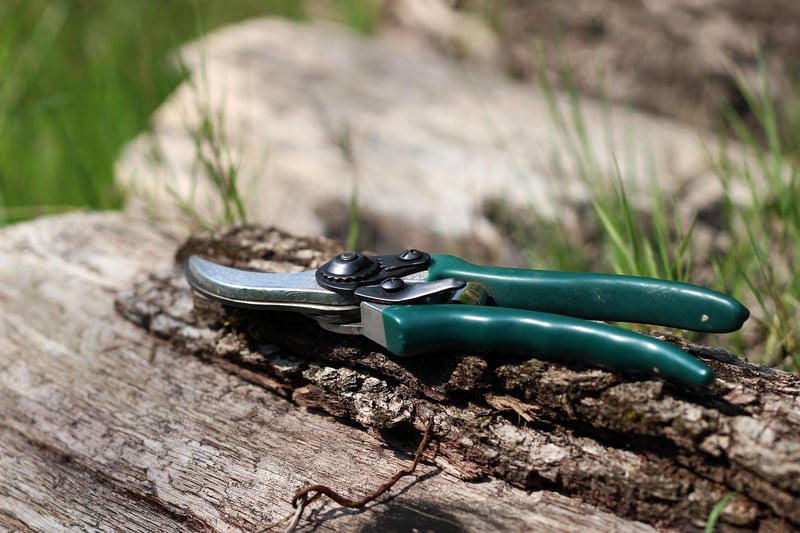Pruning techniques
Maintaining Healthy Plants: Essential Pruning Techniques
Keeping your plants healthy and thriving requires more than just watering and sunlight. Pruning plays a crucial role in promoting growth, controlling shape, and enhancing the overall appearance of your plants. Here are some essential pruning techniques to help you maintain healthy and beautiful plants.
1. Deadheading
Deadheading is the process of removing spent flowers from a plant. This technique not only improves the plant's appearance but also encourages the growth of new flowers. Use sharp, clean shears to snip off the faded blooms just above a set of healthy leaves or buds.
2. Thinning
Thinning involves selectively removing branches or stems to improve air circulation and light penetration within the plant. This technique helps reduce the risk of diseases and stimulates new growth. Identify crowded or weak branches and trim them back to the main stem or a lateral branch.
3. Heading Back
Heading back is the process of cutting back a plant's stems or branches to control its size and shape. This technique is commonly used to rejuvenate overgrown plants or to encourage branching. Make clean cuts just above a node or lateral branch to promote new growth in the desired direction.
4. Pinching
Pinching involves using your fingers to remove the tips of young plant shoots. This technique helps promote bushier growth and encourages the plant to produce more flowers or foliage. Pinch off the tips just above a leaf node to stimulate lateral growth.
5. Rejuvenation Pruning
Rejuvenation pruning is a more drastic technique used to revive old or overgrown plants. This involves cutting back the entire plant to a few inches above the ground. While it may seem severe, many plants respond well to this kind of pruning and produce fresh, vigorous growth.
By incorporating these pruning techniques into your plant care routine, you can ensure that your plants remain healthy, vibrant, and visually appealing. Remember to use sharp, clean tools to prevent the spread of diseases, and always prune according to the specific needs of each plant species.

For more detailed guidance on pruning specific plant varieties, consult with your local nursery or gardening expert. Happy pruning!
